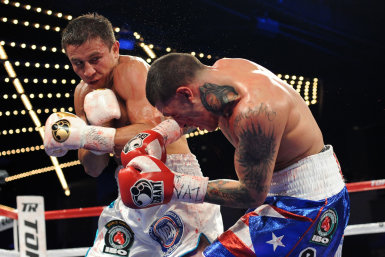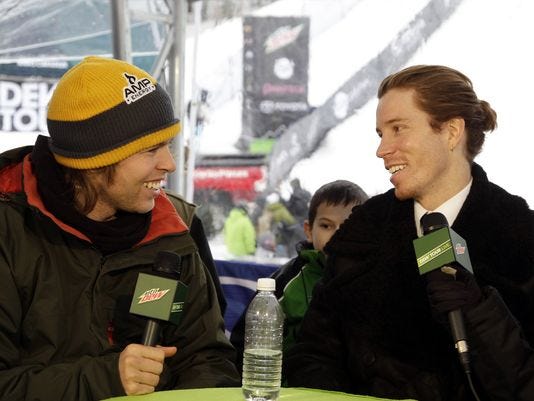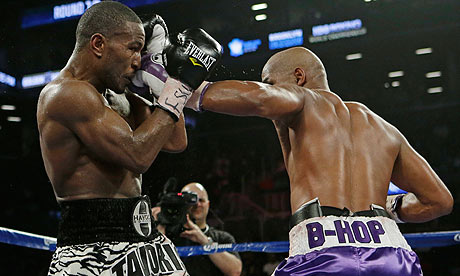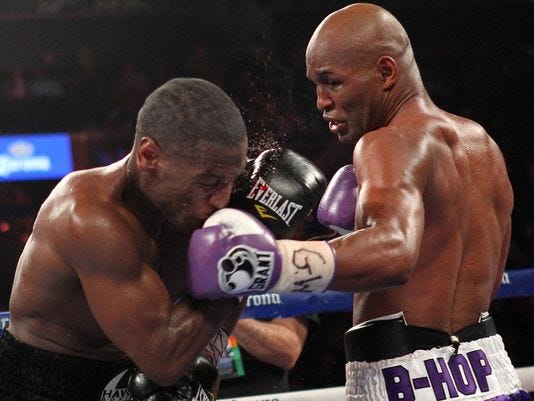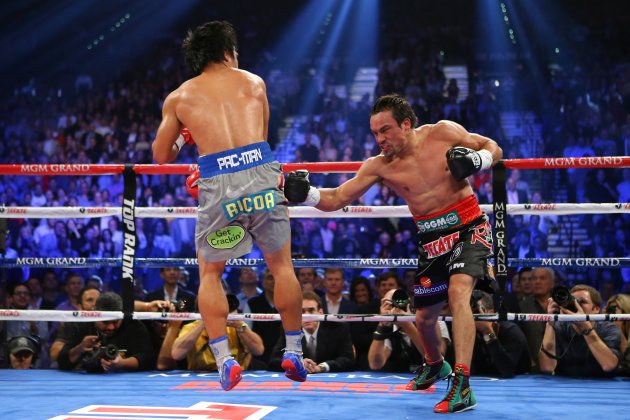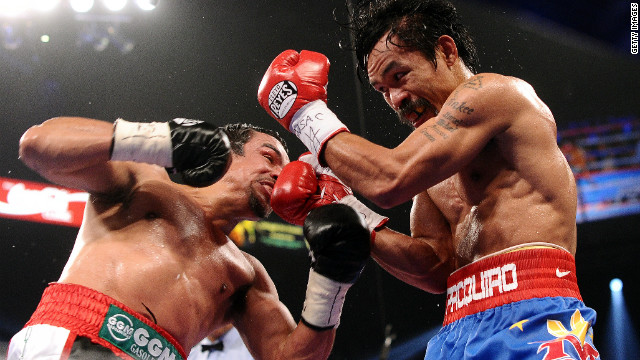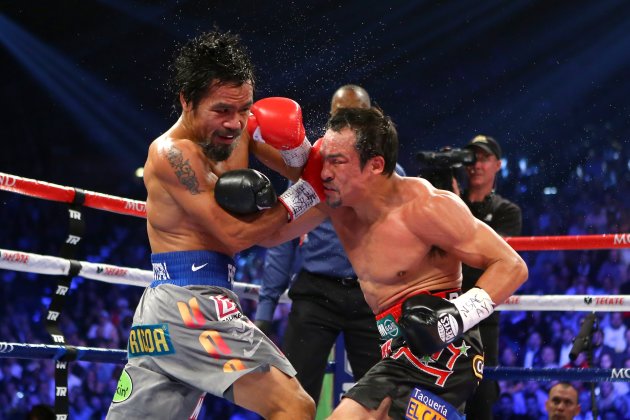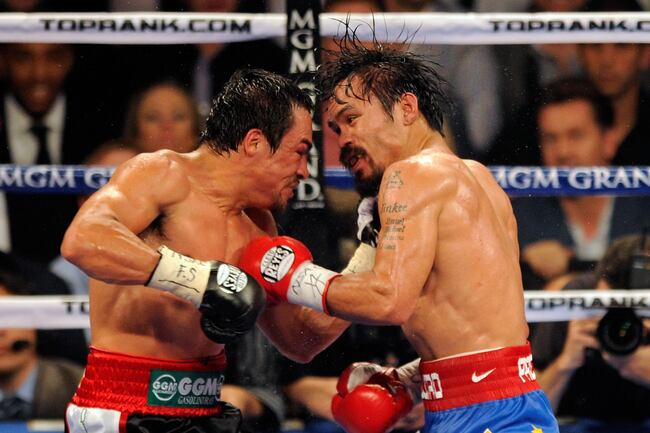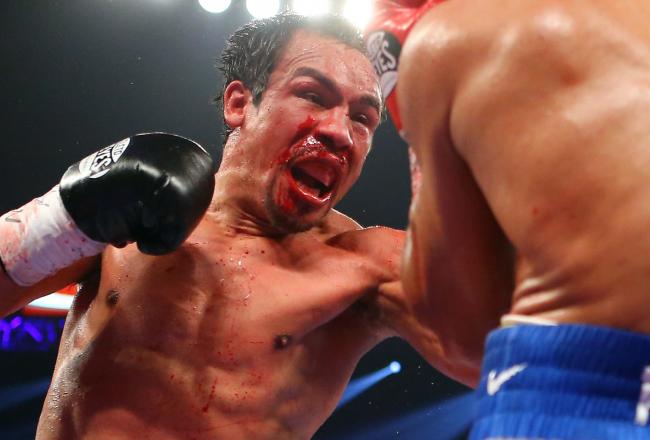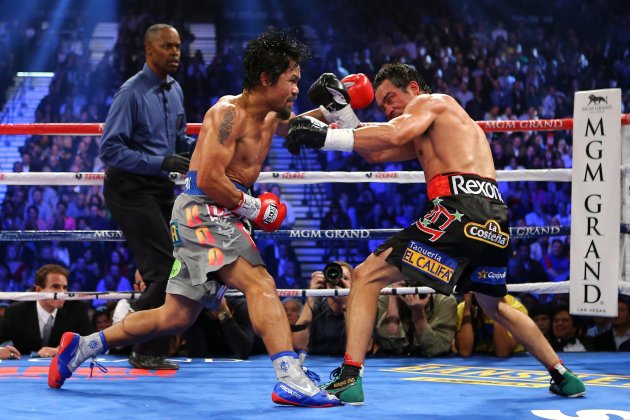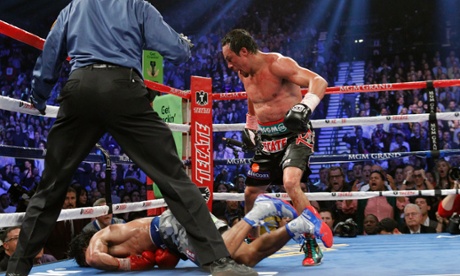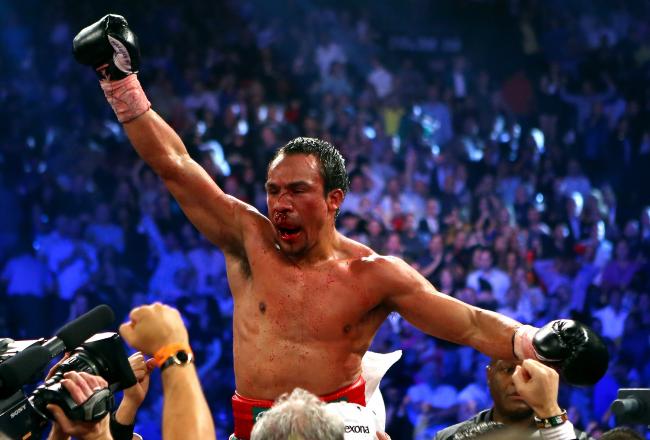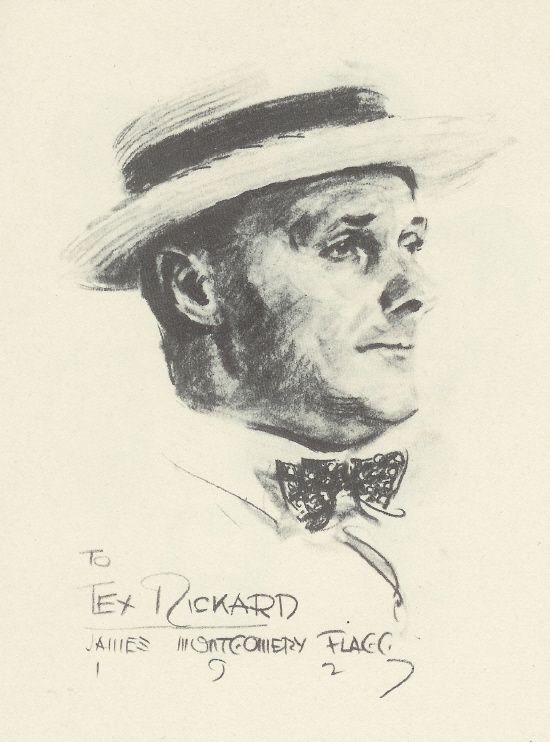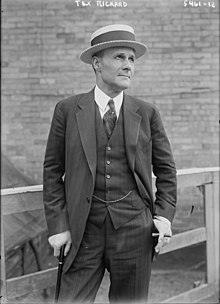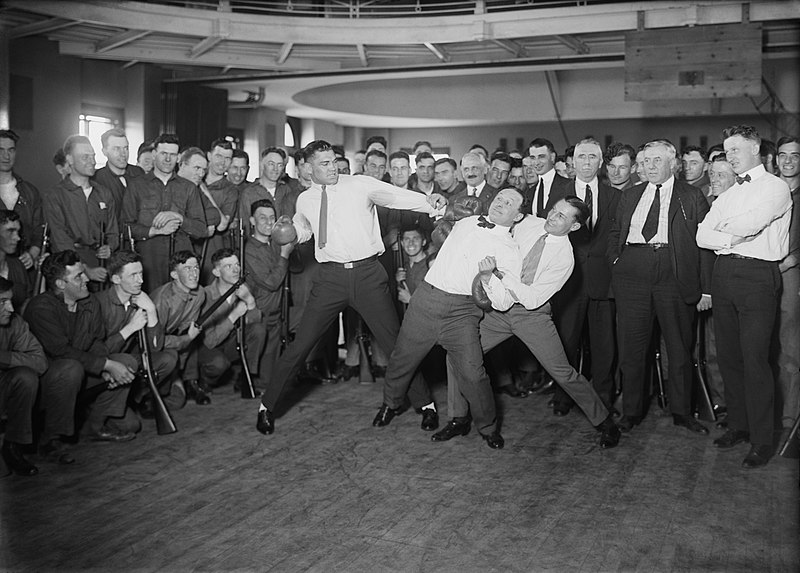Published on Nov 27, 2012
Chris Robinson was on hand inside of
Abel Sanchez's Summit Gym in Big Bear, CA as Sanchez put in work with
his fighter, WBA middleweight champion Gennady Golovkin (24-0, 21 KO's)
ahead of his January 19th HBO date.
Photo credits: Chris Robinson
Photo credits: Chris Robinson
..............................
Power play: Undefeated Gennady Golovkin has the punching ability to become boxing's next big thing
When former heavyweight champion Mike Tyson was in his
power-punching prime, it sounded as if gunfire were erupting in the gym
as he hit the heavy bag during drills.
There hasn't been a fighter since with anywhere near that kind of power. Until now, that is.
Middleweight champion Gennady Golovkin
has the kind of pop that helped make Tyson a Hall of Famer and iconic
figure in the sport.
In his successful Jan. 19 title defense at Madison Square Garden in New
York, Golovkin continually hurt challenger Gabe Rosado with his jab. Golovkin punches with a free and easy motion and doesn't seem to be exerting himself greatly. But when his shots land cleanly, the impact is usually huge.
"I call him the middleweight Mike Tyson," said trainer Abel Sanchez, whose job it is to help Golovkin channel his power properly. "He hits so, so, so hard, it's incredible.
A coach dreams about having a guy like this once in a lifetime."
Golovkin isn't likely to get near either of the two big names in the division – Sergio Martinez and Julio Cesar Chavez Jr. – so he'll have to feast on secondary, lesser-known opposition.
It's going to make it harder for Golovkin, a native of Kazakhstan who lives in Germany, to become a star, but Golovkin is one of those rare fighters who make it without a career-defining opponent.
Golovkin, along with Chavez, Canelo Alvarez and Adrien Broner are the guys who are most likely to succeed Mayweather and Manny Pacquiao as the sport's biggest attractions.
Boxing fans historically have favored heavyweights whenever the division had anything remotely resembling any depth. In large part, that's because heavyweights – theoretically, anyway – have the most power and produce the biggest knockouts.
When the public gets to know him, they'll find a friendly, engaging sort who smiles and laughs easily, loves to chat boxing and desperately wants to connect with the American public.
He's taking great pains to learn English and, in just six months, his language skills have improved dramatically.
"America is where most of the stars are," he said. "I know this is where I need to be."
But Golovkin is also a realist. He knows that he has to produce.
"The thing about boxing is, you have to have respect for every opponent, because all it takes is one [punch] to change everything," Golovkin said.
Golovkin, who is 25-0 with 22 knockouts. He's as nice of a guy as one could ever hope to meet, except in the center of a ring with boxing gloves on his hands.
...................................................
Published on Mar 18, 2013 by http://www.youtube.com/watch?v=GfQqJdiYFb0
Source: http://sports.yahoo.com/news/boxing--power-play--undefeated-gennady-golovkin-has-the-punching-ability-to-become-a-star-190655110.html
